
Hello, in this article, we will contrast the Logitech G Pro X Superlight, an extremely light gaming mouse from Logitech, with the Logitech G502 Lightspeed. These two mice are roughly equivalent in price but have very different features. While they share some similarities in terms of specifications, they also stand out for their striking differences in terms of features, usability, and aesthetics.
| Logitech G Pro X Superlight | Logitech G502 Lightspeed |
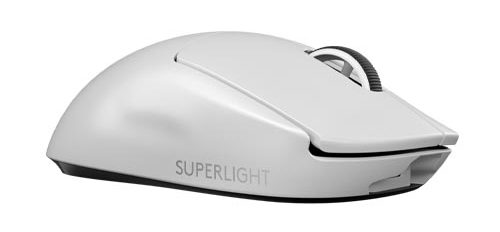 | 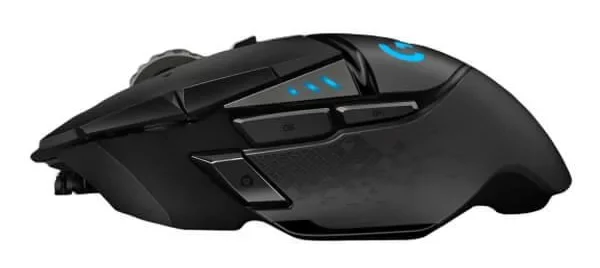 |
| BUY NOW | BUY NOW |
| PROS | PROS |
| + USB receiver storage. + Exceptional click latency. + Extremely light. + Excellent build quality. + Fully compatible with macOS and Windows. | + Feels very well-built. + Lots of programmable inputs. + Fully compatible with Windows and macOS. |
| CONS | CONS |
| – Too large for small hands using fingertip grip. | – Large design may be uncomfortable for people with smaller hands. – Doesn’t support Bluetooth. |
Logitech G Pro X Superlight vs Logitech G502 Lightspeed: Specs
In terms of the specifications they offer, these two mice are similar. For instance, they both use the Logitech Hero sensor, which can now deliver up to 25,600 dpi. The Superlight launched with that maximum dpi setting, and the G502 received a firmware update to enable that.
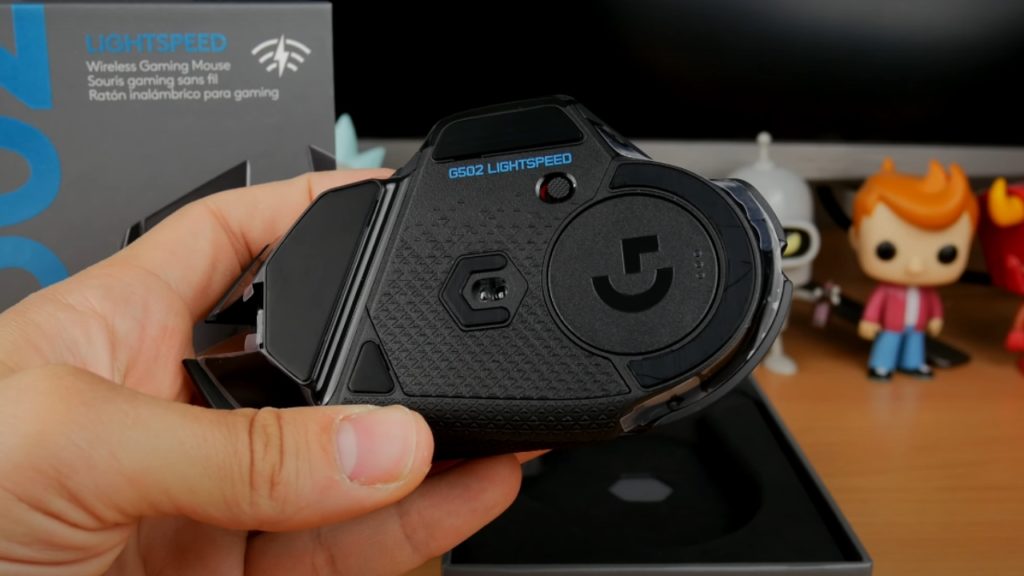
They are both powered by Logitech’s Lightspeed Wireless Dongle, which you can see in the box. It has a 40 G acceleration of 400 ips and a 1,000–hertz polling rate, and they can both last for a very long time. They both use a similar setup for their micro USB cables and charging. I also noticed other similarities, such as the removable base plate with the G logo.
On the G502 Lightspeed, that came off and provided access to a small dock underneath where you could place some weights; I’ll talk to you about that in a moment. The G Pro X Superlight it’s designed to allow you to dock your mic USB Lightspeed dongle when not in use and to swap out that cover for a PTFE-rich one to give you even more glide and smooth action on your mouse without adding extra weight.
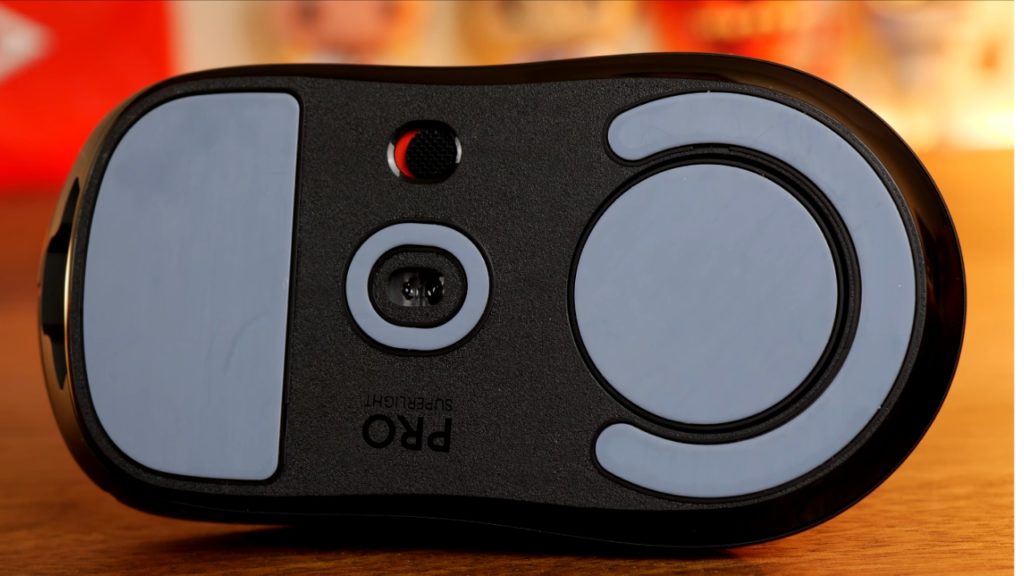
The G Pro X Superlight is intended to be as light as possible even with this additional cover, in contrast to the G502 Lightspeed, designed to be weight-customizable. Its bottom is mostly made of that wonderful PTFE, so it moves around easily.
Both mice use the same Logitech Lightspeed Wireless Dongle, a tiny little USB Dongle that comes with the adapter you can see there, and both can house their little Dongle inside themselves like this when you’re not using it. So, when it’s not plugged into your computer, you can tuck it away neatly under this cover and keep it safe because it is small and you might lose it if you’re taking the mouse with you somewhere outside or if you’re just not using it.
Logitech G Pro X Superlight vs Logitech G502 Lightspeed: Design

The G502 is unique because it can be customized. For example, the standard weight of the G502 is 114 grams, but you can add 16 grams to it. These additional weights are included in a handy little carry case, allowing you to alter the weight and feel of the G502 by adding the weights to the small plate and slipping it into the back.
It weighs 114 grams by default, which is fairly hefty, but when I first used this mouse, I didn’t think it wasn’t good. I feel like you’re getting a good quality feel with quite a heft to it, a nice solid design, feels good, looks good, and has a nice ergonomic shape to it, so you’re paying quite a bit of money for this mouse.
It comes with various items, including a lovely braided cable. The lovely carry case with the weights is available. You have a small wireless dongle, and there are several buttons. zones of RGB lighting
Logitech G Pro X Superlight vs Logitech G502 Lightspeed: Buttons

What set them apart from one another? On the G502 Lightspeed, there are 11 programmable buttons. In addition to side buttons operated with the thumb, there is a dpi shift button that can activate a low-dpi sniper mode.

In contrast, the G Pro X Superlight only has five buttons, including two thumb buttons on the side, the middle mouse button, and the left and right clicks as usual. It’s important to note that within the software, you can program a secondary action using Logitech’s G-shift technology, which allows you to assign a secondary action to the other buttons if you press and hold one button.
However, it’s still constrained by the number of buttons. Additionally, there is no button here for dpi shifting, so you can set different dpi levels but not switch between them.
Logitech G Pro X Superlight vs Logitech G502 Lightspeed: Battery Life & Charging
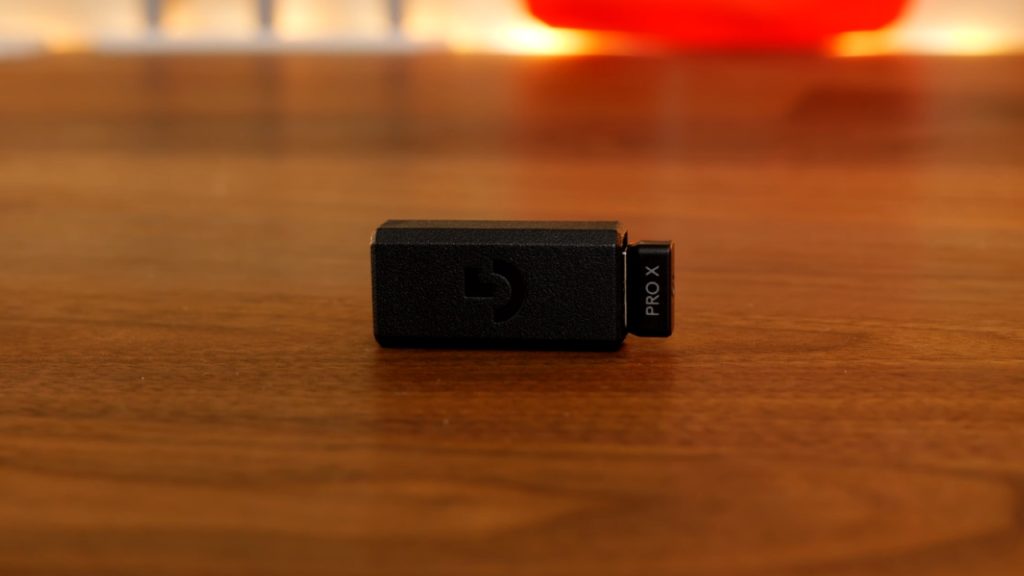
Now that both mice share the same wireless dongle and are equipped with the same adapter, you can use this as an extender. Normally, you plug the small dongle into your computer to automatically connect to the mouse when you turn it on. However, you can also use this micro USB cable to charge the mouse.
Alternatively, if you don’t mind having a cable on your desk, you can plug that into the dongle and keep it there. When you need to charge your mouse, you can unplug it from the dongle and plug it directly into it. This is easier, but only if you’re okay with having a cable on your desk.
The ability to charge when necessary is also readily available, though it is important to note that both of these mice have respectable battery life. The G502 can operate for up to 48 hours with its lighting on or 60 hours without it.
The G Pro X Superlight can last up to 70 hours, and both can use Logitech’s power play mat system, which is their powered mouse mount system. This system essentially allows charge to flow continuously through the mouse mat into the mouse, meaning that you can go forever and ever and not worry about battery life. Therefore, whichever one you choose, if you choose the power play system, you can keep that going and going.
Logitech G Pro X Superlight vs Logitech G502 Lightspeed: Sroll Wheel
The infinite scroll wheel, which you can see here, is another advantage the G502 has over the G Pro X Superlight. You can spin it and it will just keep spinning and spinning, and there’s a button on top that lets you switch between tactile mode and an infinite spin. At first, I thought it was gimmicky, but it is also very satisfying and has various uses.

I also like the G502’s design; it’s aggressive and ergonomic, has textured grips on the side, a small thumb rest above the left mouse button, and dpi up and down buttons that let you change the dpi on the fly. The levels are represented in a small LED light along the side there, making it easy to see them.

You can lower the resolution by pressing the front thumb button and using the left and right mouse buttons to turn the mouse wheel. It’s a lot more feature-rich than theG Pro X Superlight because there are more buttons on here with easier access hardware buttons to hold that are simple to use. It also has textured grips on the right side.
Conclusion
In terms of style and design quality, you may feel that the G502 is more expensive than the G Pro X Superlight. However, that may be a matter of preference. In my opinion, lightweight devices can occasionally feel cheap in hand. I was also surprised by how much the G Pro X Superlight costs when you compare its specs and features to the G502 , which has a lot more to offer. If you’re interested in a super light device, the pro x super light is the better




